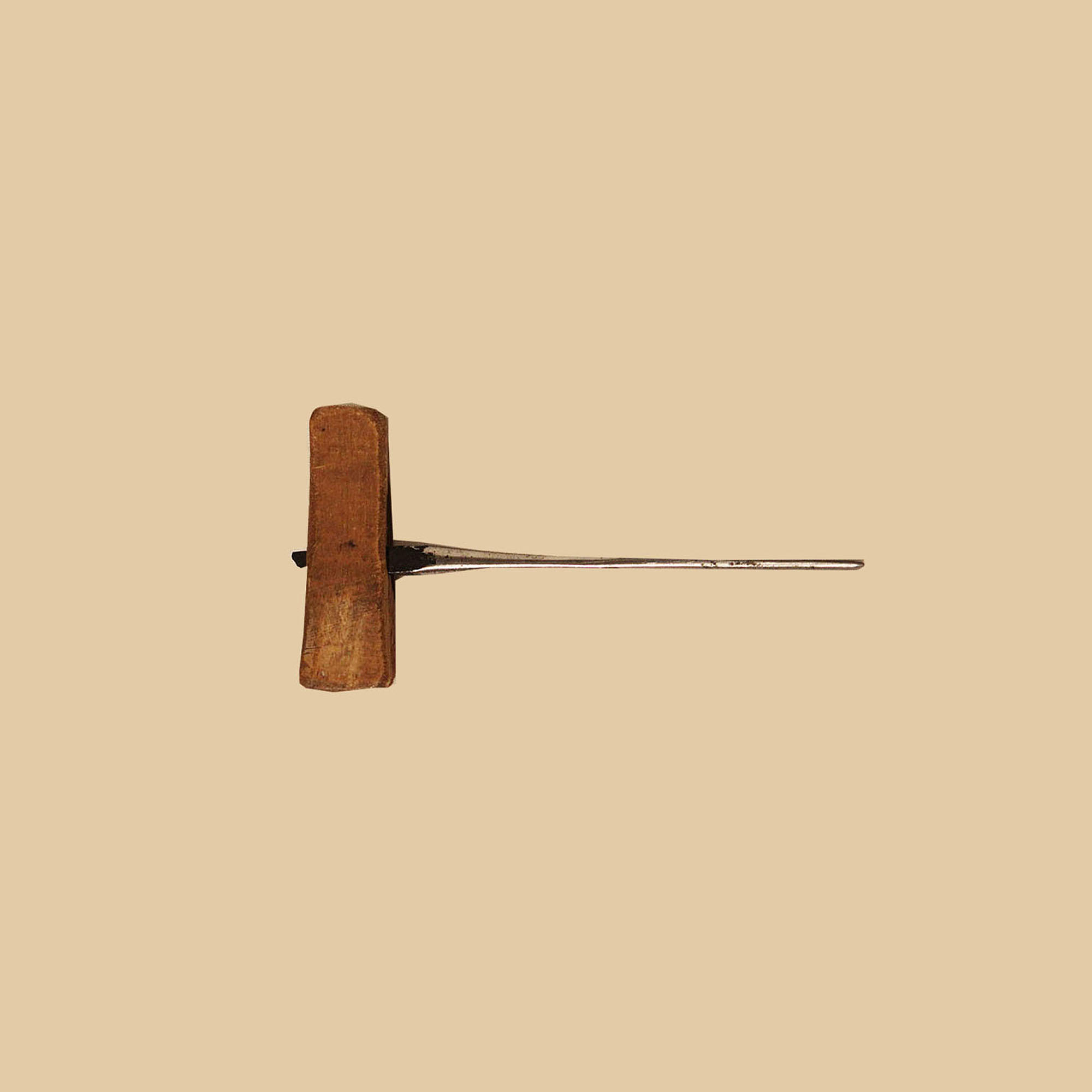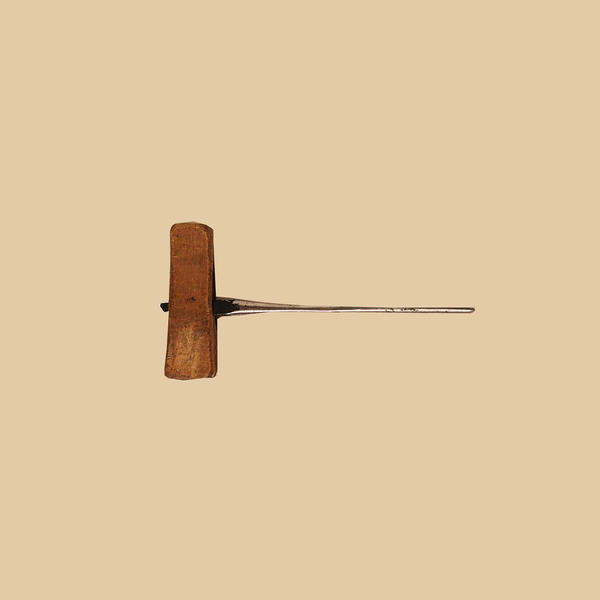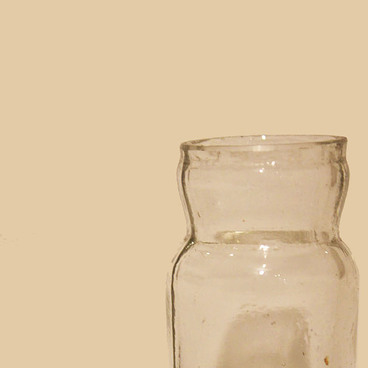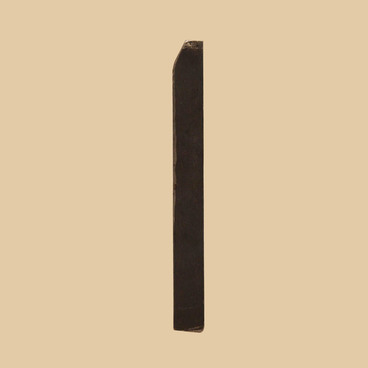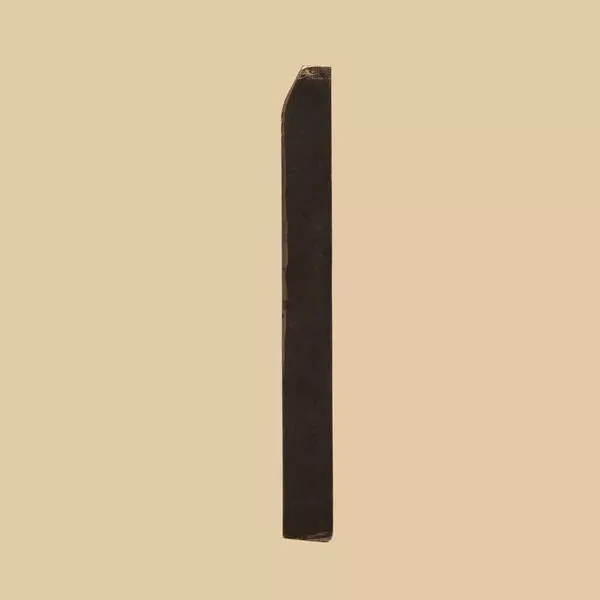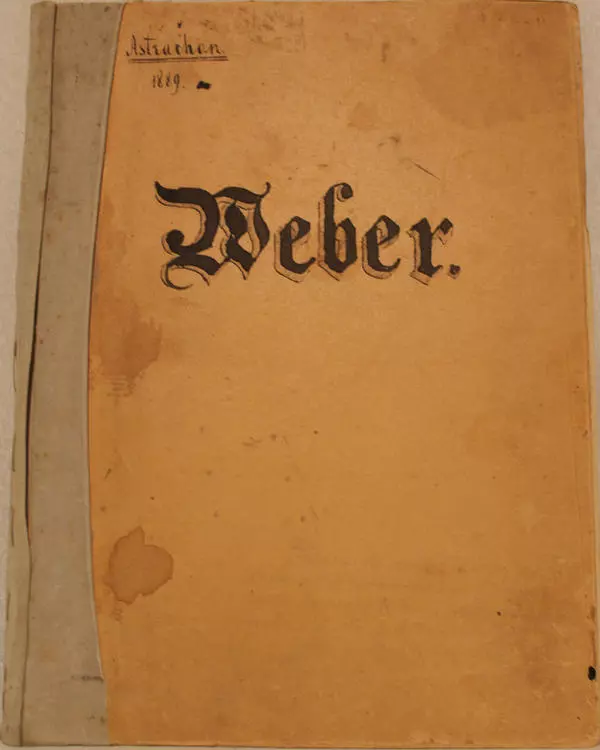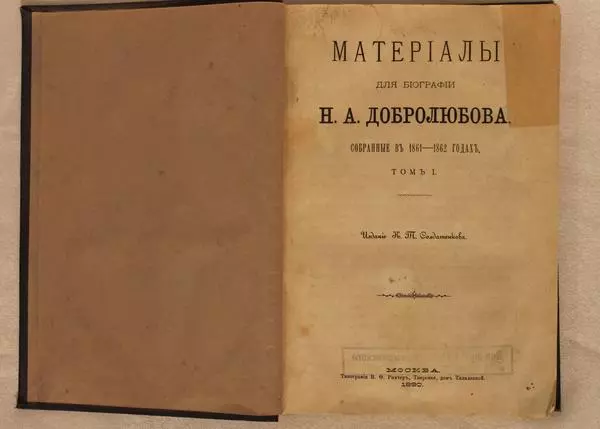Scarce everyday things that became museum memorabilia cherish the memory of the most difficult period of N.G. Chernyshevsky’s exile. The writer spent 1871 through 1883 in Vilyuisk, a “ghost of a city” where he was missing articles of daily necessity. His list of such articles included a gimlet required for binding manuscript sheets. Chernyshevsky had to make with his own hands the tool in the shape of a steel awl with a wooden handle.
During his exile in Vilyuisk, N.G. Chernyshevsky did a lot of translations from foreign languages, “learned… plane trigonometry”, wrote his poem A Hymn to the Virgin of Heaven and scientific treatises. According to the writer himself, he wrote around 14 novels, amongst which there are Stories from the White Hall, Stories by A.M. Levitsky, etc. However, all those works have not survived to this day: they were either confiscated during searches of his cell by gendarmery, or were destroyed by Chernyshevsky himself. He realized that it was prohibited to publish any of his works in the Russian Empire.
In late 1873, the Irkutsk Governor General was anonymously advised that an escape was being prepared for Chernyshevsky. Gendarme Colonel Kupenkov was sent to Vilyuisk to search the home of the exiled. The gendarmes failed to find any evidence of the planned escape. Kupenkov wrote in his report: “Chernyshevsky, who has lost too much weight and whose face has yellowed, is queer, odd and unsociable, … he spends his time in reading and writing, and destroys his works”. To conclude, the Colonel added that the escape was impossible due to severe climatic conditions and unpopulated environment.
The writer did not only burn his manuscripts. He also destroyed them in another way: he tore them to pieces and threw them in the river Vilyui. “I write and tear: there is no point in preserving the manuscripts: I keep in my memory all that I have once written”, wrote he to Alexander Pypin in 1877.
Out of the vast number of Chernyshevsky’s manuscripts of those years, only one short novel survived: The Glows of Radiance, extracts of which were confiscated by a Yakutsk prosecutor. The novel starts with reminiscences of his native Saratov: ‘Let my greeting fly to my native land’.
In the summer of 1874, Chernyshevsky was offered to petition for mercy. The writer declined the offer.
During his exile in Vilyuisk, N.G. Chernyshevsky did a lot of translations from foreign languages, “learned… plane trigonometry”, wrote his poem A Hymn to the Virgin of Heaven and scientific treatises. According to the writer himself, he wrote around 14 novels, amongst which there are Stories from the White Hall, Stories by A.M. Levitsky, etc. However, all those works have not survived to this day: they were either confiscated during searches of his cell by gendarmery, or were destroyed by Chernyshevsky himself. He realized that it was prohibited to publish any of his works in the Russian Empire.
In late 1873, the Irkutsk Governor General was anonymously advised that an escape was being prepared for Chernyshevsky. Gendarme Colonel Kupenkov was sent to Vilyuisk to search the home of the exiled. The gendarmes failed to find any evidence of the planned escape. Kupenkov wrote in his report: “Chernyshevsky, who has lost too much weight and whose face has yellowed, is queer, odd and unsociable, … he spends his time in reading and writing, and destroys his works”. To conclude, the Colonel added that the escape was impossible due to severe climatic conditions and unpopulated environment.
The writer did not only burn his manuscripts. He also destroyed them in another way: he tore them to pieces and threw them in the river Vilyui. “I write and tear: there is no point in preserving the manuscripts: I keep in my memory all that I have once written”, wrote he to Alexander Pypin in 1877.
Out of the vast number of Chernyshevsky’s manuscripts of those years, only one short novel survived: The Glows of Radiance, extracts of which were confiscated by a Yakutsk prosecutor. The novel starts with reminiscences of his native Saratov: ‘Let my greeting fly to my native land’.
In the summer of 1874, Chernyshevsky was offered to petition for mercy. The writer declined the offer.
